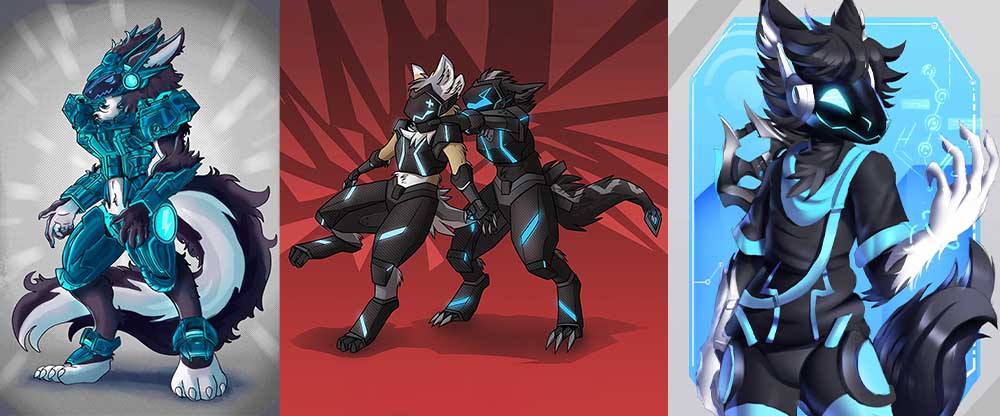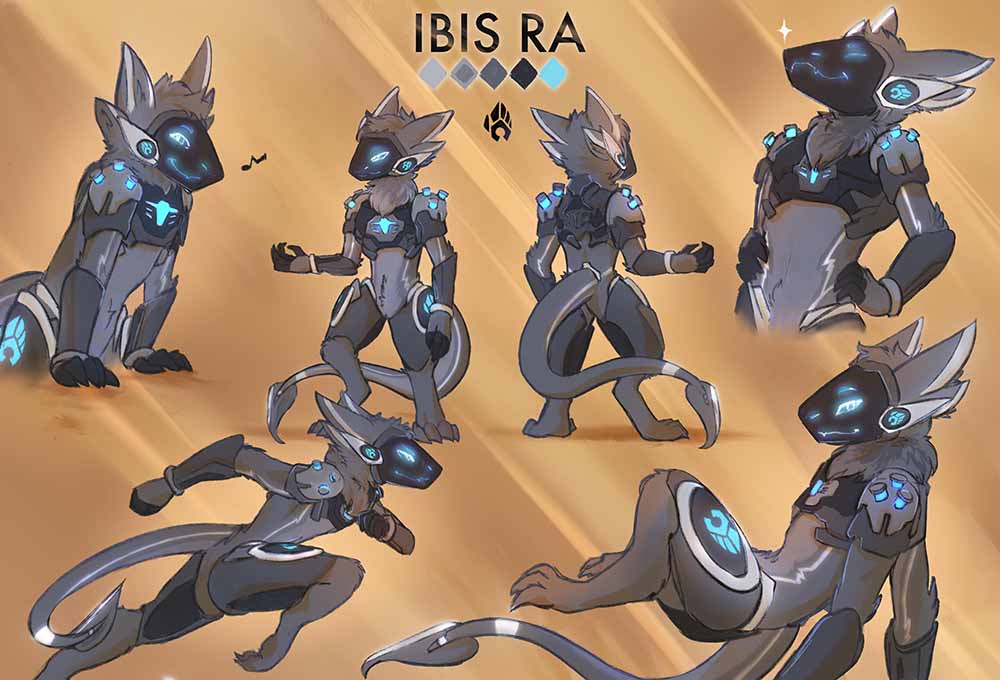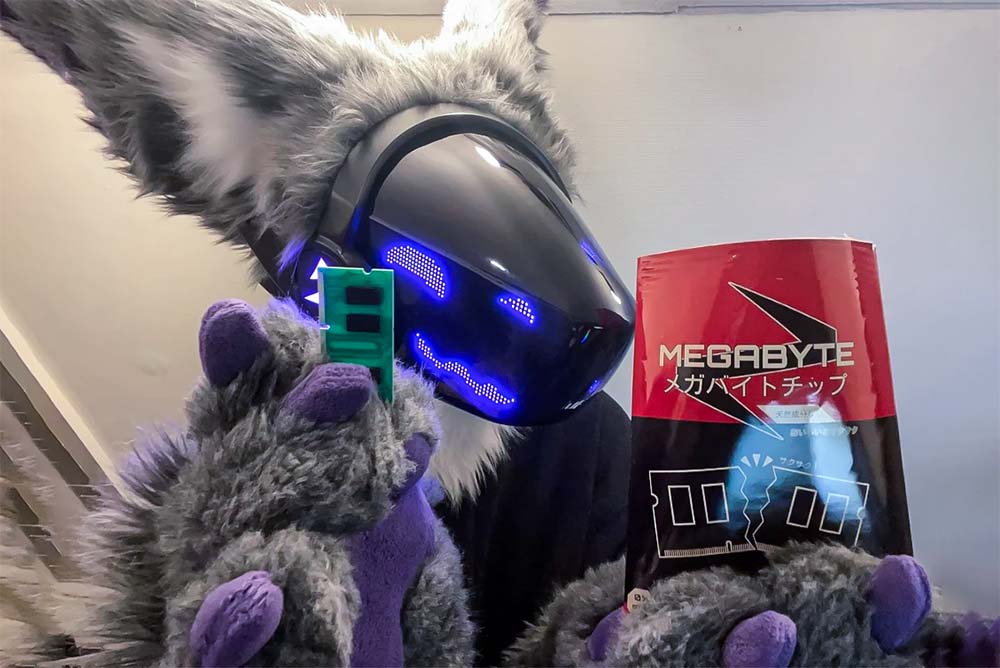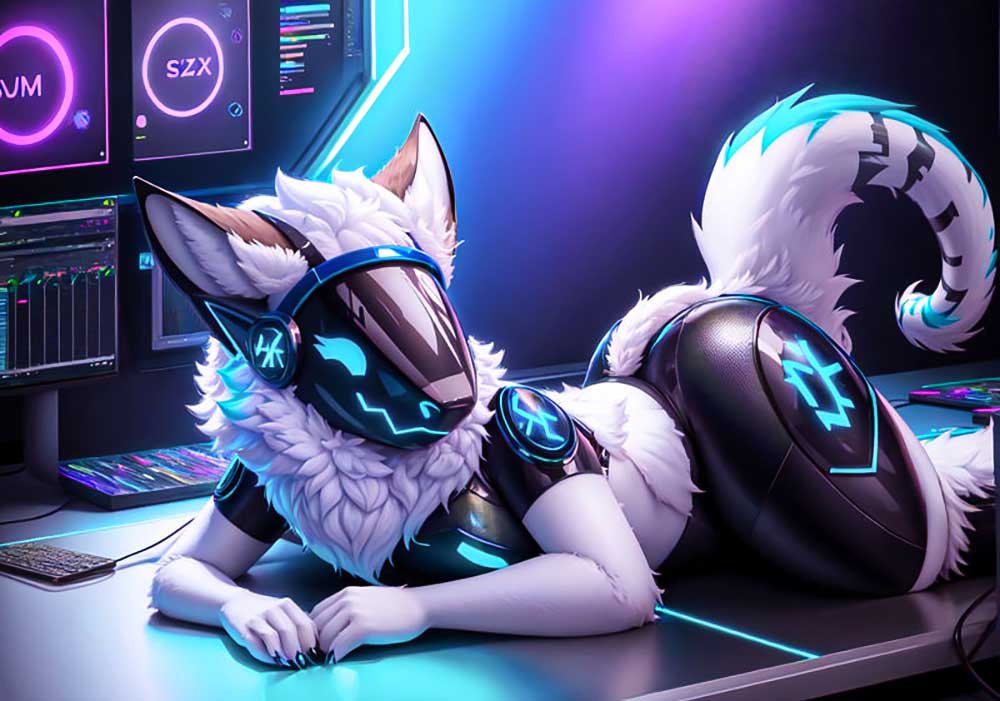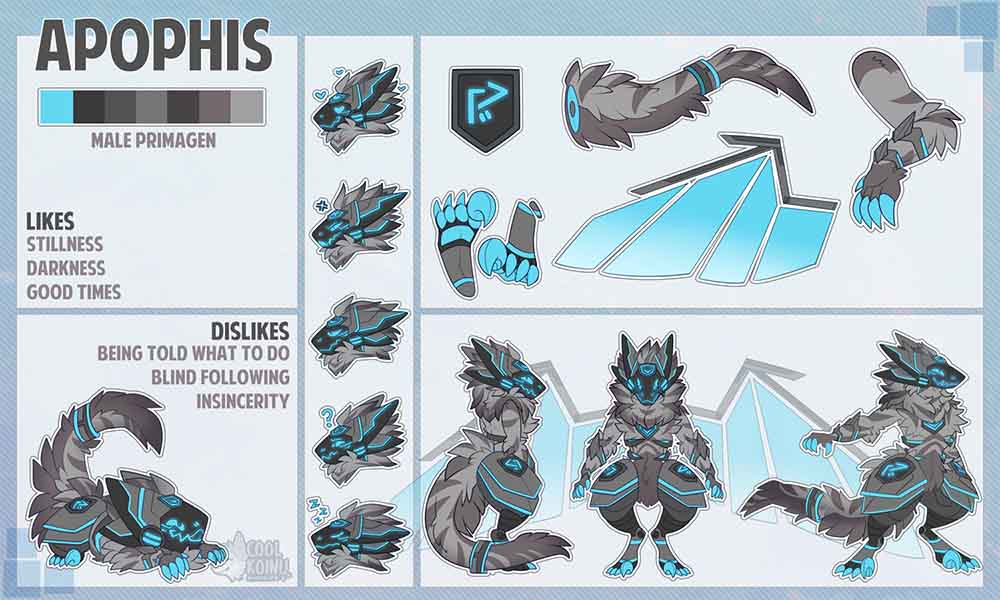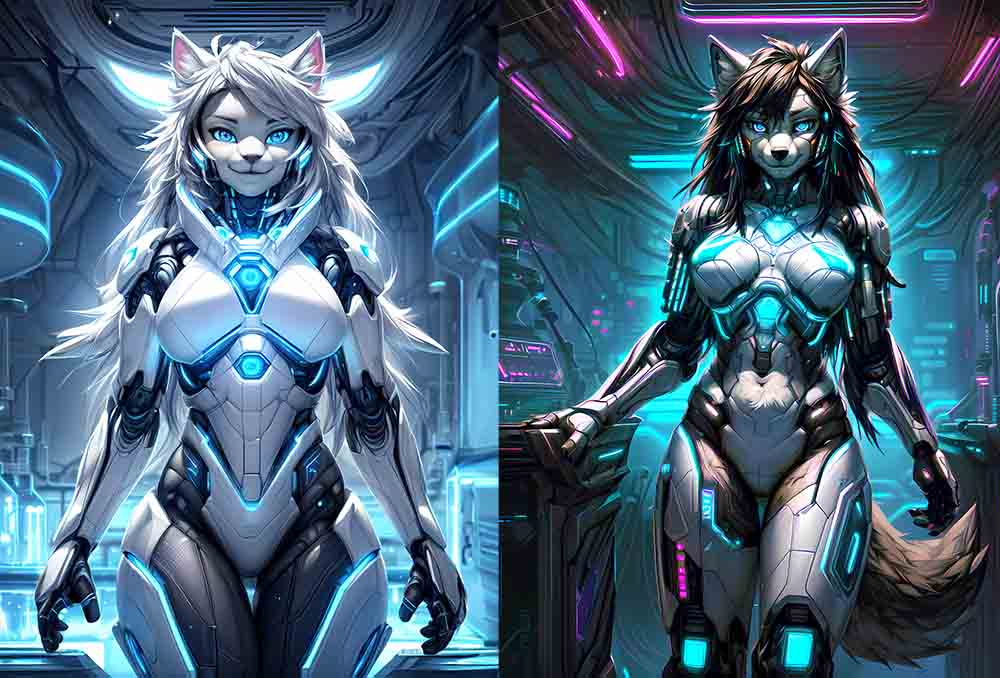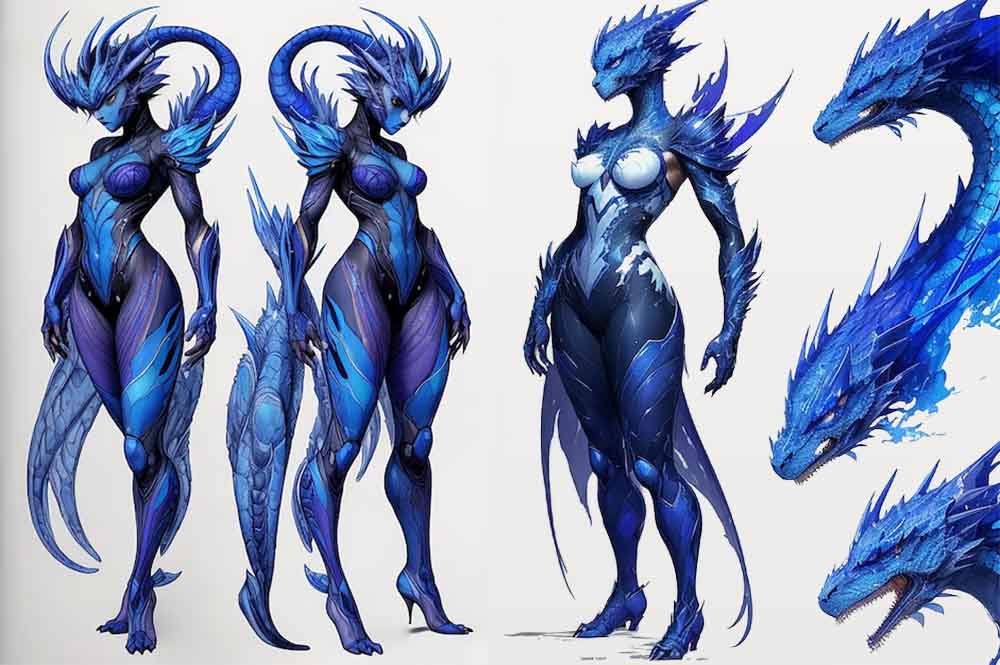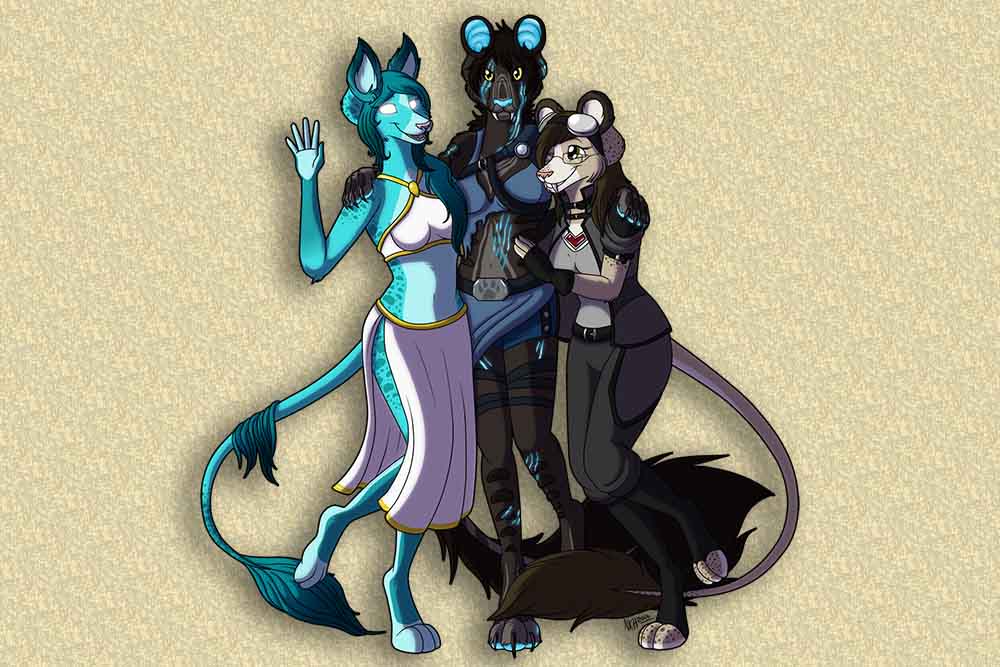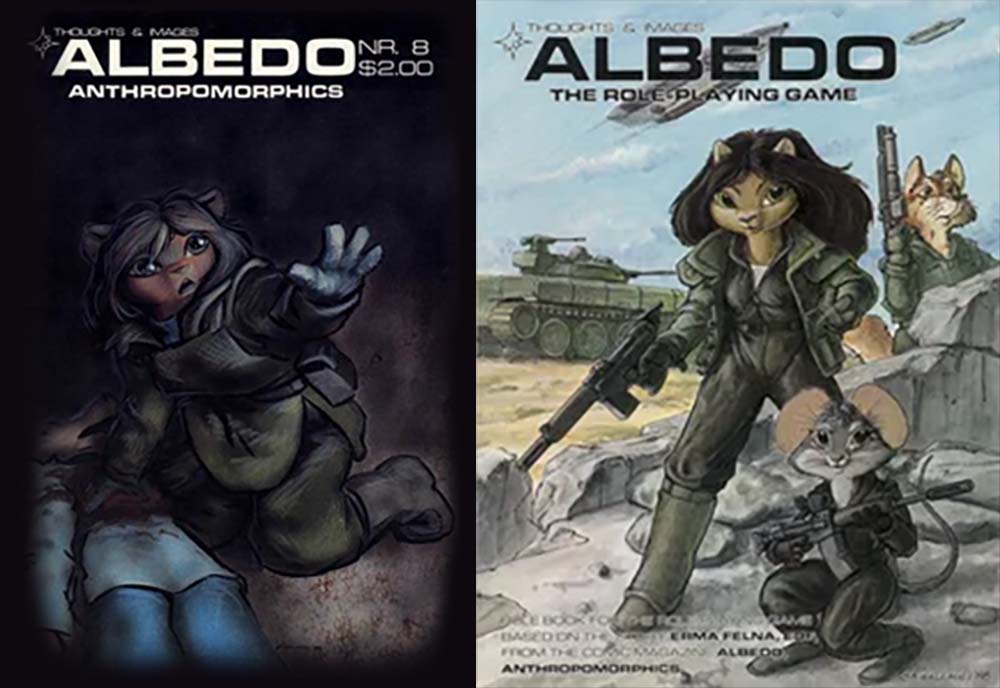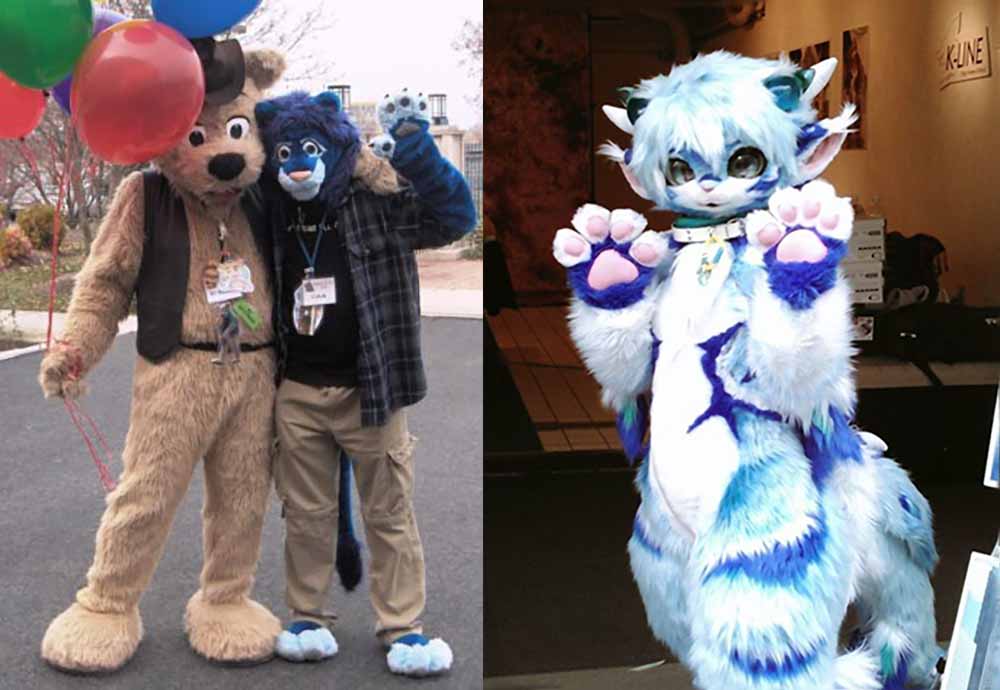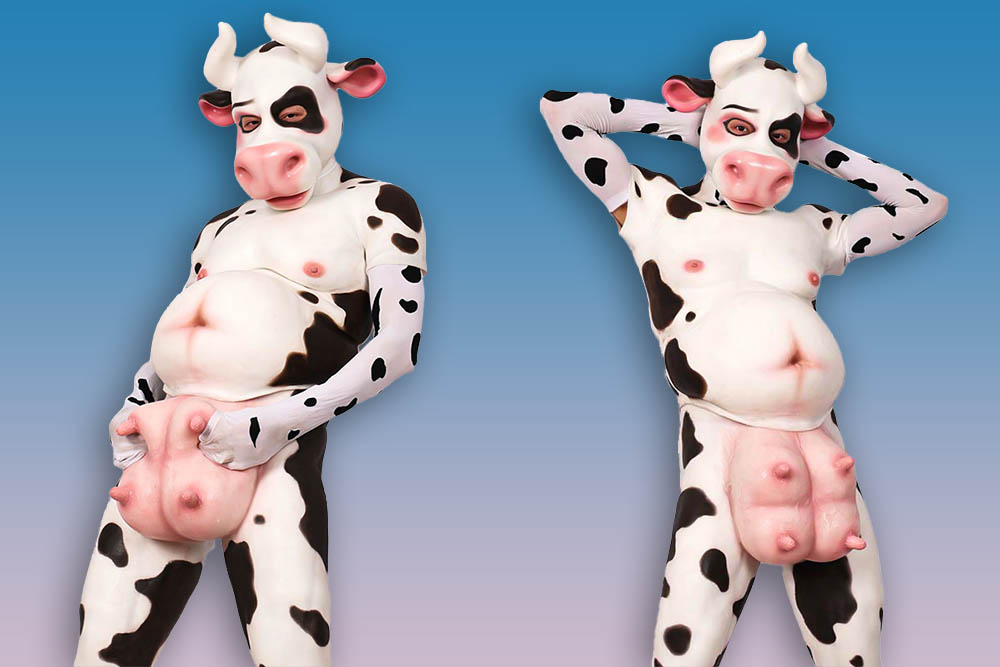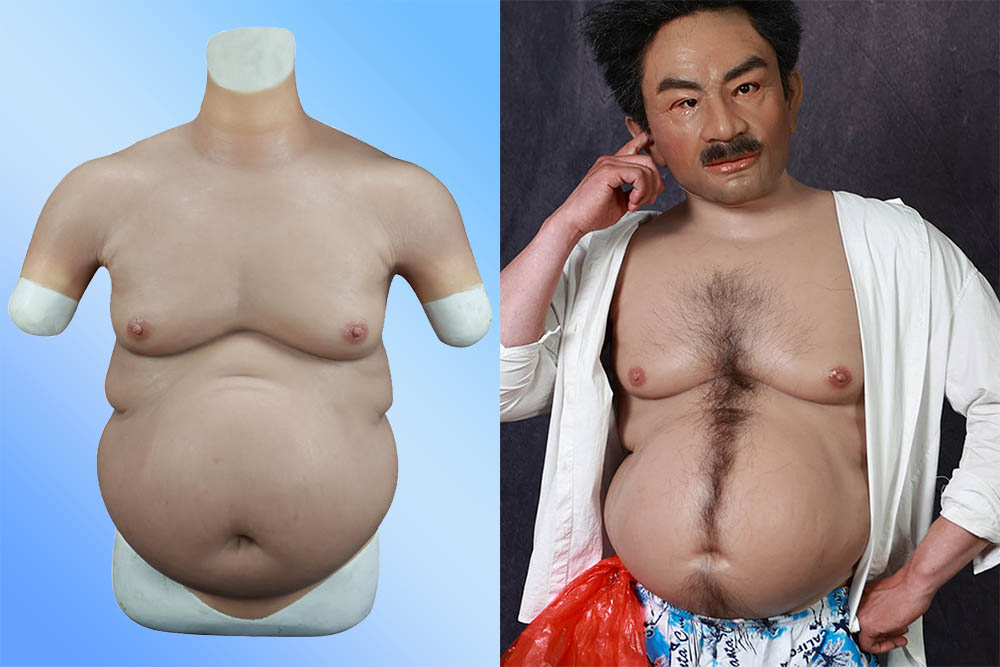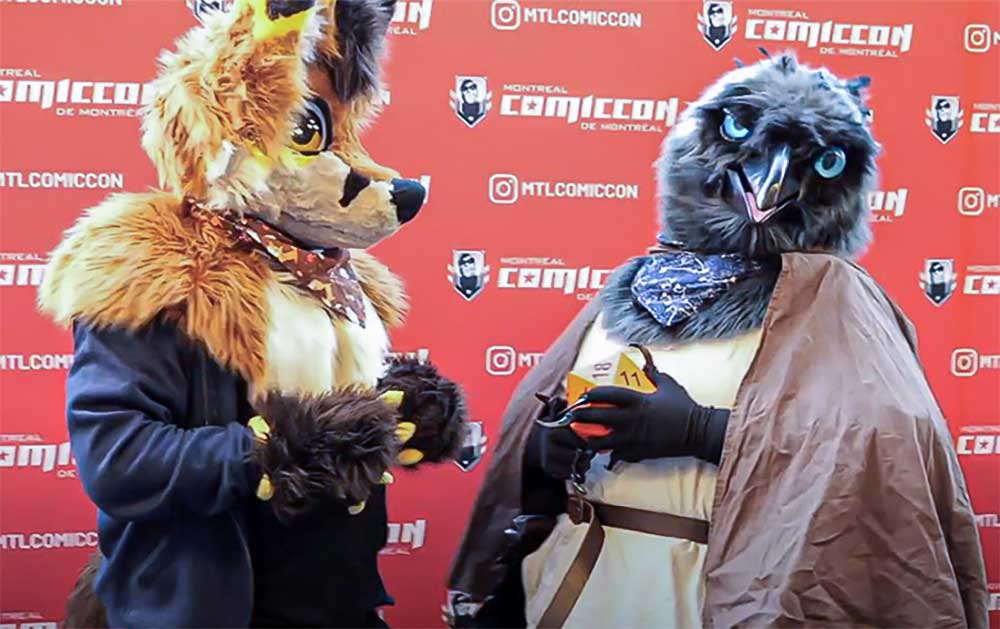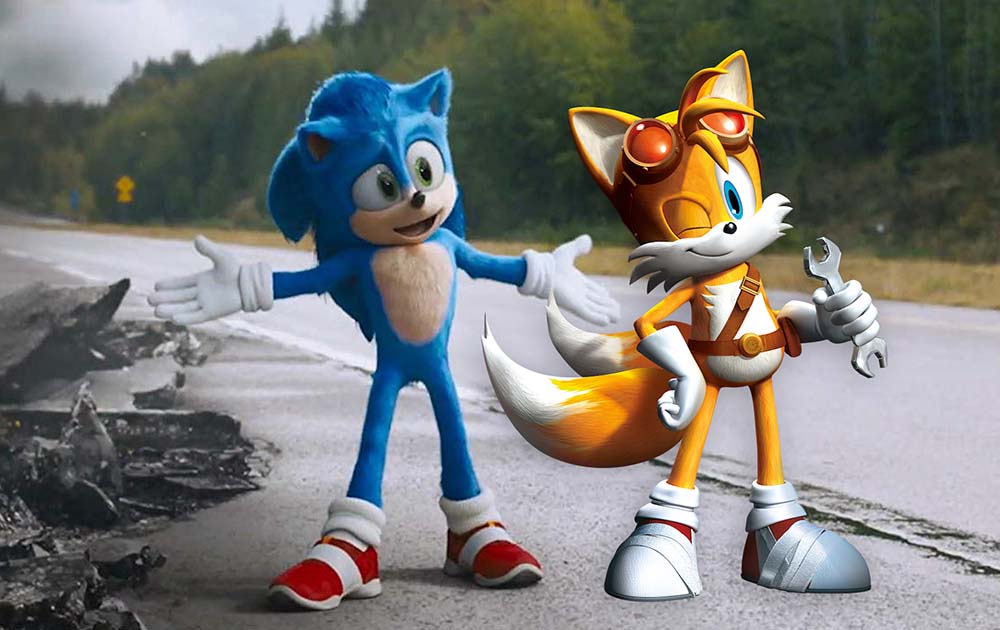Discover the merger of Protogens and the Furry community. Read on to know the answer to the most common questions on this topic!
Protogens have been the highlight of the Furry community for quite a while now. I mean, how can we blame the furries when the world of Protogens encourages endless creativity and poses unlimited possibilities?
In this article, let’s tackle the most common questions about this fascinating union of universes.
1. What is a Proto Furry?
Proto Furry can refer to a Prototype furry or the Protogen Furry. In lore, Protogens is the prototype for what would later be Primagens (the most advanced species in the universe).
They are the “first draft,” in a sense.
Protogens were later created by Primagens to make their lives easier.
Protogens were specifically manufactured to stand in place of Primagens in case the work is too menial or too dangerous.
2. Is there a robot version of furries?
Protogens are also referred to as “Robotic furries.” Depending on who you ask, some say that this label is “discriminatory,” as Protogens have a rich background and history that gets overshadowed by the negative assumptions that come with being included in the Furry fandom.
However, let’s get this clear: The Furry fandom is merely a group of people who are interested in anthropomorphic characters (animals with human characteristics).
Some only like to wear these characters as costumes (like cosplay), while some can treat it as a kink. It’s a vast community made up of various people and not exclusively just for sexual reasons.
3. What is a furry cyborg species?
Most results will lead you to the Primagens, Protogens’ creators/ancestors. Primagens are 70% mechanical, can’t eat/digest food, and can take on feral forms.
They are more “fully cyborg” compared to Primagens, at least.
4. Are Protogens robots or cyborgs?
Over the years, Protogens have also been known as “Robotic furries,” but if we’re going to be strict about definitions, Protogens are cyborgs.
The difference between robots and cyborgs:
A robot is a nonliving, automated machine. It doesn’t have life, isn’t capable of making decisions for itself, and is merely created for a specific purpose.
For instance, mopping the ground. In this sense, we can argue that Common Protogens can be considered robots since they are unmodified, with little to no special skills or abilities.
This is in comparison to the Uncommon Protogens who are modified and are more sentient.
Now, only a living being can be a cyborg. Cyborgs are those with restored function or enhanced skills/abilities depending on what artificial components were integrated into them.
Protogens are 40% organic and 60% mechanical, with visors that protect their cranial organs. They are also sentient, and so Protogens are cyborgs.
In Furry speech, cyborgs are also called Cyfur.
5. What is a half-human furry called?
A morphic — that’s where the term anthropomorphic (with human characteristics) came from.
Each furry characters have varying degrees of morphism, depending on how a furry would want to present their creation to the Furry fandom.
Note that this is different from “therianthropic” which is a term for half-human, half-animal.
This term is mostly used in the context of the ability of a human to transform or shapeshift into a hybrid or an animal.
This is also not applied in the Furry world.
6. What are the original furry species?
“Original species” refers to those created by the fandom. So, an “original furry species” indicates creations that never existed before a Furry made them.
They can be original-species animals or creations adopting familiar features from various inspirations.
It has two types, closed species, or those that can’t be used without reimbursing the original creator, and open species, or those that are “open for use” to anyone.
Be careful though that it’s not just a hybrid. The keyword for original furry species is that there should be something about them that makes them unique and rare.
Some examples of original furry species are the Mecari by Craig Aimes and Leothaun by Natalia Hardy.
7. Who made furries exist?
Many credit Steve Gallacci as the first furry artist and thanks him for his Albedo Anthropomorphics comic book series.
It was first published in 1983, with the most recent being 2005.
Gallacci’s comic drawing sparked discussions in sci-fi novels and by the late 80s, Mark Merlino and Rod O'Riley started “furry parties” in BayCon and other science fiction conventions.
These conventions are now known as ConFurence.
8. How many furries exist?
The latest data I can find was from March 2023, stating that there are around 1.4 – 2.8 million furries around the world.
Each furry’s number of activities and commitment of course varies as there are many elements in play.
But the Furry fandom is a very accepting community with accessible hobbies that make it easy for everyone to participate, even if they have disadvantages.
9. Is furry just cosplay?
Furry is not just cosplay. There is a wide misconception that one needs a fursuit (or petsuit) to be a furry. This is not true.
Actually, only a small percentage of those in the Furry fandom own their personal fursuit.
Most members contribute in other ways such as providing visual representations like drawings, writing lore, managing meetups, or merely engaging with the Furry community online.
If you really want to participate in costume play (cosplay) as a furry, there’s no need to purchase a full-body fursuit. Members can don headbands with animal ears and animalistic paws but still wear human clothing.
10. Is Sonic a furry?
Sonic the Hedgehog is a popular video game character from a franchise with the same name. He’s cited as a hedgehog — a spiny mammal (animal) — but in the video game, he displays human characteristics.
Such include using two feet to walk, run, and even drive. He can also talk (although the Classic Sonic can’t).
After laying out the details, it’s clear that Sonic is an anthropomorphic hedgehog. Since furry characters are anthropomorphic animals, we can conclude that yes, Sonic is a furry.
11. What are fat furries called?
Since furries can refer to the furry character or furry, as in the person who’s interested in anthropomorphic animal characters, there is also not much difference in what fat furries are called.
Fat furries are simply called “fat fur.” This can refer to the fat members of the Furry community in real life or the characters they embody.
Why is there a space for fat furries, you ask? Aside from the Furry fandom being a very accepting community, those with the fetish of lipophilia paved the way for our plump furries to get more attention
. Lipophilia or fat fetishism is defined as being extremely sexually aroused by “fatness.” Of course, this fetish also exists outside of the Furry fandom.
While some furries can wear a fursuit with a big beer belly, most furries prefer roleplay online. Common scenes in the fat fur space include (imagined) forced feeding or gluttony, teasing, or ripped clothing due to excessive weight gain.
Some call fat furries “Zaftig,” a Yiddish (West Germanic) word that means “having a full rounded figure” or “pleasingly plump.”
Not every furry uses the term Zaftig to describe fat furries as they believe Zaftig only describes someone with above-average weight gain and not enough fat pads, unlike the fat furs.
12. Is being furry a gender?
Nope, being a furry does not have anything to do with one’s gender or sexuality.
Sure, there are some overlaps between the Furry fandom and the LGBTQ+ community, such as being willing to explore one’s identity outside of traditional norms or expectations and being brave despite social stigma.
A member of the LGBTQ+ community can also be a furry. But not all furries are part of the LGBT+ community.
In fact, based on Furscience, the leading scientific research group in furrydom, cisgender men take up ⅔ of the fandom.
Although also note that many members of the Furry community are queer — gays, lesbians, bis, pans, and even aces are involved in the Furry kingdom.
13. Is Tails a boy or a girl?
Although the original concept of the creators of Sonic the Hedgehog franchise thought of making Tails, or Miles “Tails” Prower a girl, they ultimately went with him being male.
So, Tails from Sonic the Hedgehog is officially a boy.
Tails is an anthropomorphic fox often portrayed as Sonic’s best friend and sidekick and has been consistently referred to as male, both in the official Sonic franchise and in lore.
He has a genetic mutation that resulted in him having two tails and so he’s also a popular inspiration for many furries.
Though he is male, many fanarts portray him as a girl and he’s shipped or partnered with other characters in the video series.

